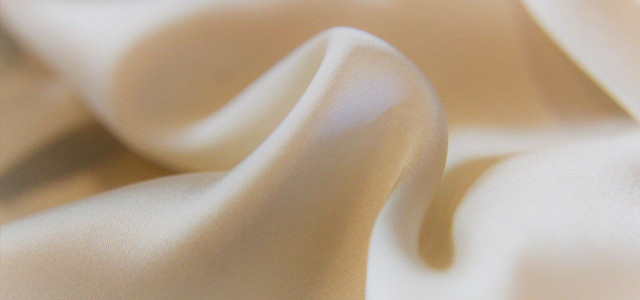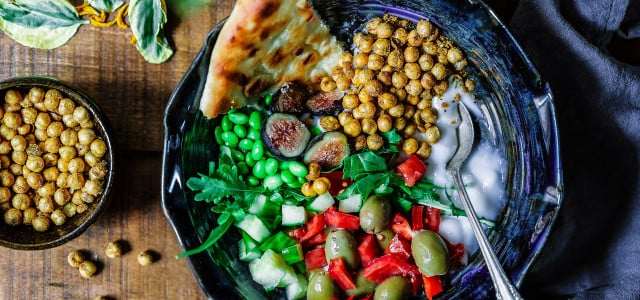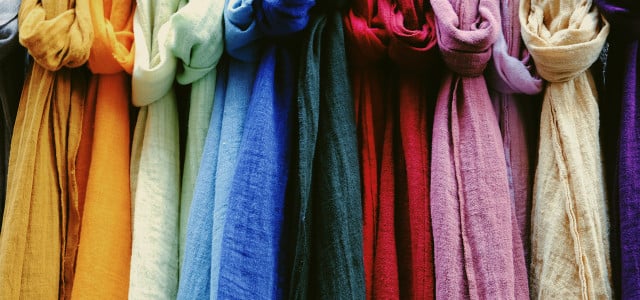How silk is made was a closely guarded secret for thousands of years as it was prized for its versatility and beauty. Originating in ancient China, it soon became a vital part of many cultures, and to this day it remains a popular textile across the globe. Here we explain how silk is made and if it is vegan.
Silk is a natural protein fiber produced by certain insect larvae (usually those of moths) to form cocoons. This fiber can then be harvested to make woven textiles. The fabric is mostly obtained from the larvae cocoons of mulberry silkworms, which are bred in captivity for this process.
How is Silk Made?
Silk is made during a process called sericulture. Using the larval cocoons of moths during metamorphosis, the silk is harvested while the insects are still in the pupal stage.
- Female silk moths will lay up to 500 eggs. When the eggs hatch, larvae (silkworms) emerge and will feed on mulberry leaves.
- As the silkworm grows it produces silk fiber, spinning up to one mile of filament to create a cocoon. However the amount of usable fiber in a cocoon is minimal: only 1000 yards of filament can be obtained in the end.
- After two or three days, intact cocoons are boiled. This kills the developing pupa inside.
- The silk is then obtained by finding the outside end of the filament and then winding it onto a reel.
Is Silk Vegan?
There is no ignoring the fact that in most instances, silkworms are killed during the industrial silk production process. For this reason, many vegans avoid wearing silk fabrics. According to World Animal Protection, between 3,000 and 15,000 silkworms are killed to make one meter of fabric.
Harvesting wild silk is far less common in the modern era, but is a process that does not kill the silkworm. Favored by Hindus and Buddhists, Ahimsa silk is a method of non-violent silk breeding and harvesting. No animals are injured or killed, making it a good option for people who do not believe in harming animals.
Vegan Alternatives
Aside from Ahimsa silk there are many synthetic silk products that are also vegan-friendly. Man-made fibers such as rayon and polyester have similar properties to the original fabric.
However, make sure you do some research before making a decision on what to buy, as these vegan alternatives are sometimes manufactured using harsh chemical processes that are harmful to the environment. In some cases, the use of genuine silk could be the cheaper, arguably less harmful option of the two.
Here are a few options worth considering:
- Ramie: Ramie has been around for centuries. It is produced using plants which are part of the nettle species. It is however a time-consuming and complicated process to manufacture it.
- Cupro: Cupro is made from recycled cotton. In this regard it is beneficial for the eco-system. However, dyes, caustic soda, copper and ammonia are part of the production process. If not disposed of correctly, these toxic by-products can harm the environment.
- Lotus silk: This less common substitute is made using the fibrous stems of Lotus plants. Manufacturing does not require harsh finishing chemicals or toxic materials to make this fabric. Up to 7000 stems are needed to make one pound of fabric and for this reason it’s much more expensive than other silk substitutes.
- Bamboo silk: This textile is made from bamboo fibers and therefore vegan-friendly. Unfortunately, a host of toxic chemical ingredients are required to produce it.
Do you like this post?








